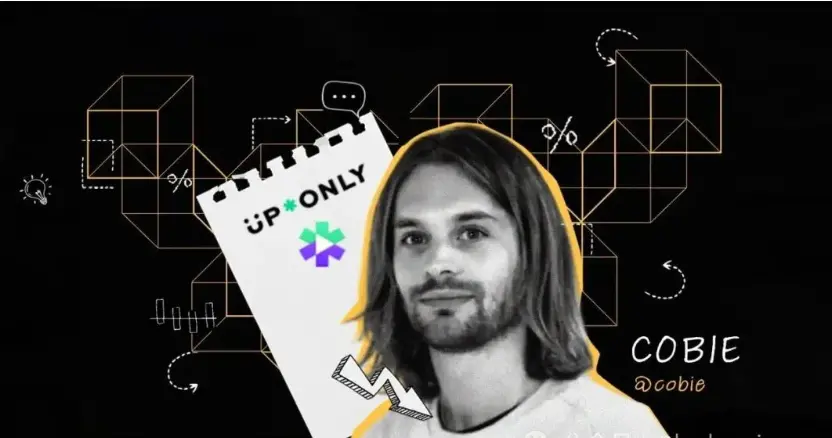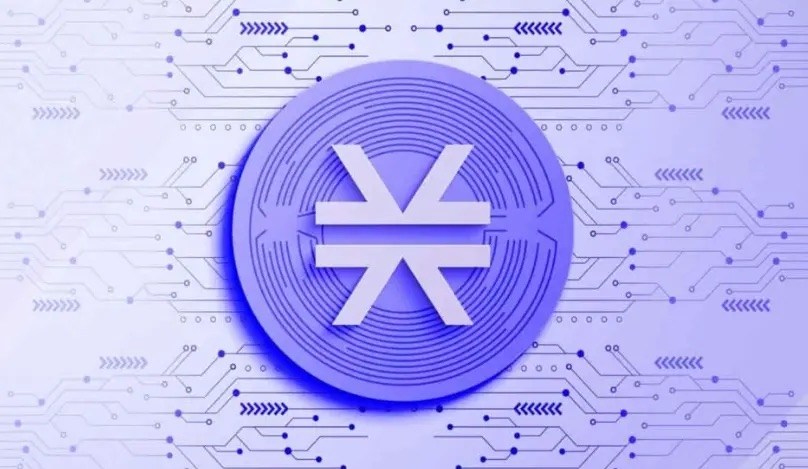XLM's Path to $1: Is This the Final Dip Before a Major Breakout?
- Stellar Lumens (XLM) forms a 60-70% successful inverse head-and-shoulders pattern, with a potential $1 target if the $0.50 neckline breaks decisively. - Institutional accumulation at $0.39 support and $440M+ in tokenized assets, plus PayPal/Franklin Templeton partnerships, reinforce XLM's macroeconomic tailwinds. - Protocol 23's 5,000 TPS upgrade on Sept 3 and regulatory clarity in major markets create a virtuous cycle of demand, positioning XLM as a high-probability breakout candidate. - Strategic entry
The cryptocurrency market is no stranger to volatility, but Stellar Lumens (XLM) is currently positioned at a pivotal crossroads. After a dramatic selloff on August 18, 2025, which tested critical support levels, the token has stabilized in a consolidation phase that could signal the final leg of a high-probability bullish breakout. For investors with a disciplined approach to risk and a keen eye for technical setups, XLM's inverse head-and-shoulders pattern—coupled with macroeconomic tailwinds—presents a compelling case for a move toward $1.
The Technical Case: A Textbook Inverse Head-and-Shoulders Pattern
XLM's price action has formed a classic inverse head-and-shoulders (IHS) pattern, a reversal formation with a historical success rate of 60–70% when volume surges during the breakout. The left shoulder was established in early 2025, the head formed between $0.20–$0.22 in June 2025, and the right shoulder is currently consolidating between $0.4102–$0.4284. The neckline of this pattern lies at $0.48–$0.50, a critical resistance level that, if decisively broken, would validate the bullish case.
A daily close above $0.50 with strong volume would trigger a measured move to Fibonacci extension targets of $0.71 and $0.77, representing a 75%+ gain from current levels. The pattern's integrity has been reinforced by institutional accumulation at key support levels, particularly the $0.39 floor, which held firm during the August 18 selloff. On-chain data reveals liquidity sweeps and fair value gaps (FVGs) that suggest smart money is building positions ahead of a potential breakout.
Macro Tailwinds: Institutional Adoption and Protocol Upgrades
Technical patterns alone don't drive markets—fundamentals matter. XLM's utility in real-world asset (RWA) tokenization has surged, with over $440 million in tokenized assets managed on its network. Partnerships with giants like Franklin Templeton ($1.5 trillion in assets) and PayPal's PYUSD stablecoin have cemented Stellar's role in institutional-grade transactions. The upcoming Protocol 23 upgrade on September 3, 2025, will boost the network's throughput to 5,000 transactions per second (TPS), rivaling traditional systems like SWIFT and attracting further adoption.
Regulatory clarity in the U.S. and EU has also reduced compliance risks, encouraging financial institutions to adopt Stellar's blockchain for cross-border payments. Arizona's decision to allocate 10% of its state reserves to digital assets further signals growing acceptance of blockchain in public finance. These developments create a virtuous cycle of demand for XLM, underpinning the technical case for a breakout.
Strategic Entry Timing: Balancing Risk and Reward
While the technical and macroeconomic factors align, timing is everything. Investors should focus on key resistance levels as entry triggers:
- $0.428–$0.430: A daily close above this proxy for the neckline would signal the first leg of the breakout.
- $0.48–$0.50: A confirmed breakout here, supported by rising volume, would validate the pattern and target $0.71–$0.77.
Conversely, a breakdown below $0.41 could test $0.405 or $0.398, challenging the pattern's validity. A drop below $0.36 would invalidate the bullish case entirely. Disciplined risk management—such as placing stop-loss orders below $0.39—remains essential.
The Final Dip: A High-Probability Trade
XLM's recent consolidation phase has seen institutional buyers defend the $0.39 support level with strong volume, suggesting a strategic accumulation ahead of the September 3 upgrade. The market is currently in a “buy the dip” scenario, with macroeconomic trends (inflation-driven demand for digital payments, RWA tokenization) and technical momentum converging.
For those willing to take a calculated risk, the coming weeks will be critical. A breakout above $0.50 could ignite a parabolic move toward $1, especially if the Protocol 23 upgrade sparks renewed institutional interest. However, patience is key—wait for volume confirmation and avoid chasing the trade on a false breakout.
Conclusion: Positioning for Institutional-Driven Momentum
XLM's path to $1 hinges on a rare alignment of technical, liquidity, and fundamental factors. The inverse head-and-shoulders pattern, supported by robust on-chain activity and macroeconomic tailwinds, offers a high-probability setup for a bullish reversal. Investors who enter with discipline—targeting $0.428–$0.430 as a near-term proxy for the neckline and managing risk below $0.39—could position themselves to capitalize on a potential 75%+ move.
As the market approaches the September 3 upgrade, keep a close eye on volume dynamics and institutional flow. In a volatile macro environment, XLM's strategic positioning as a cross-border payment and RWA infrastructure asset makes it a compelling candidate for a breakout that could redefine its valuation.
Final Call to Action: For those with a medium-term horizon and risk tolerance, consider a strategic entry at $0.428–$0.430 with a stop-loss below $0.39. The reward-to-risk ratio is favorable, but only if you approach this trade with patience and precision.
Disclaimer: The content of this article solely reflects the author's opinion and does not represent the platform in any capacity. This article is not intended to serve as a reference for making investment decisions.
You may also like
Cobie: Long-term trading
Crypto Twitter doesn't want to hear "get rich in ten years" stories. But that might actually be the only truly viable way.

The central bank sets a major tone on stablecoins for the first time—where will the market go from here?
This statement will not directly affect the Hong Kong stablecoin market, but it will have an indirect impact, as mainland institutions will enter the Hong Kong stablecoin market more cautiously and low-key.

Charlie Munger's Final Years: Bold Investments at 99, Supporting Young Neighbors to Build a Real Estate Empire
A few days before his death, Munger asked his family to leave the hospital room so he could make one last call to Buffett. The two legendary partners then bid their final farewell.

Stacks Nakamoto Upgrade
STX has never missed out on market speculation surrounding the BTC ecosystem, but previous hype was more like "castles in the air" without a solid foundation. After the Nakamoto upgrade, Stacks will provide the market with higher expectations through improved performance and sBTC.
